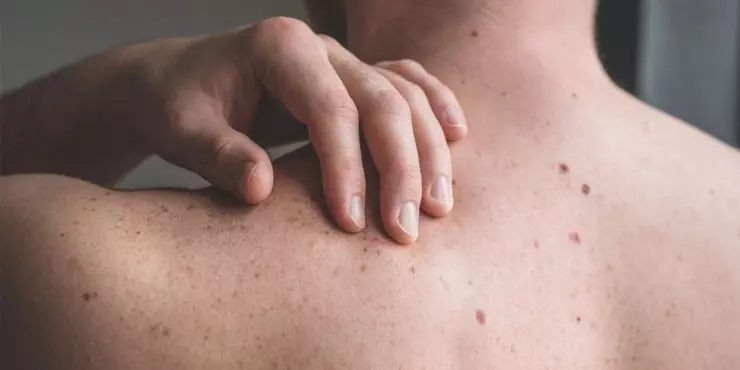
When we think of health, most of us think about exercise, hydration, and diet. However, our skin, being the largest organ of the body, is often overlooked when thinking of overall health. Our skin offers the first line of defense against environmental factors and pathogens; however, it is also prone to various conditions, including skin cancer, which can be life-threatening if not detected early.
Why are Skin Checks Important?
Skin checks are vital for detecting early signs of skin cancer, the most common type of cancer globally. Early detection can lead to simpler treatments and higher survival rates, especially for melanoma, which can be deadly if not caught early. Besides identifying cancer, skin checks can also help spot other skin conditions such as eczema, psoriasis, and infections, ensuring timely and effective treatment. While we recommend getting in for your regular physical exams, it's also essential to regularly check your entire body at home. Knowing your body is the best way to catch anything abnormal early.
What to Look for During Skin Checks
When examining your skin, you should look for the ABCDEs of melanoma, a helpful guide to recognizing the warning signs of this type of skin cancer:
A for Asymmetry: One-half of the mole or birthmark does not match the other.
B for Border: The edges are irregular, ragged, notched, or blurred.
C for Color: The color is not the same all over and may include shades of brown or black, sometimes with patches of pink, red, white, or blue.
D for Diameter: The spot is larger than 6mm across (about ¼ inch – the size of a pencil eraser), although melanomas can sometimes be smaller than this.
E for Evolving: The mole is changing in size, shape, or color.
Other signs to watch for include new growths, sores that don't heal, itchiness, and changes in the texture of the skin.
How to Perform Skin Checks at Home
Regular skin checks at home are a proactive way to monitor your skin's health. Here's how to do it effectively:
- Use a well-lit room with a full-length mirror. A hand-held mirror can help with viewing hard-to-see areas.
- Check your entire body. Start at your head and work your way down. Use mirrors to check your back, buttocks, and other areas that are out of direct sight.
- Be thorough. Look at your underarms, forearms, palms, between your fingers, and under your fingernails. Continue to your legs, spaces between your toes, and under your toenails.
- Keep a record of your moles and spots. Taking photos can help track changes over time.

What's Normal and What's Not
Understanding what's normal for your skin is crucial in identifying unusual changes. Moles that are uniformly colored have a distinct border and remain stable over time are typically normal. In contrast, any new growths or changes in existing moles should prompt a consultation with your doctor.
When to See a Dermatologist
If you notice any changes or new growths that concern you, it is imperative to schedule an appointment with your family doctor. He/she will perform a quick and easy biopsy of the growth, which can often be done the same day. The small sample will then be sent to a pathologist to examine under a microscope. If the growth comes back concerning for cancer, then you will be referred to a dermatologist for complete and careful removal of the entire growth.
Stay Skin Aware
Regular skin checks are a critical preventive measure against skin cancer and other skin conditions. You can take charge of your skin health by understanding what to look for and performing routine self-examinations. Remember, when in doubt, always consult your doctor. Early detection is your best defense against the dangers of skin cancer.